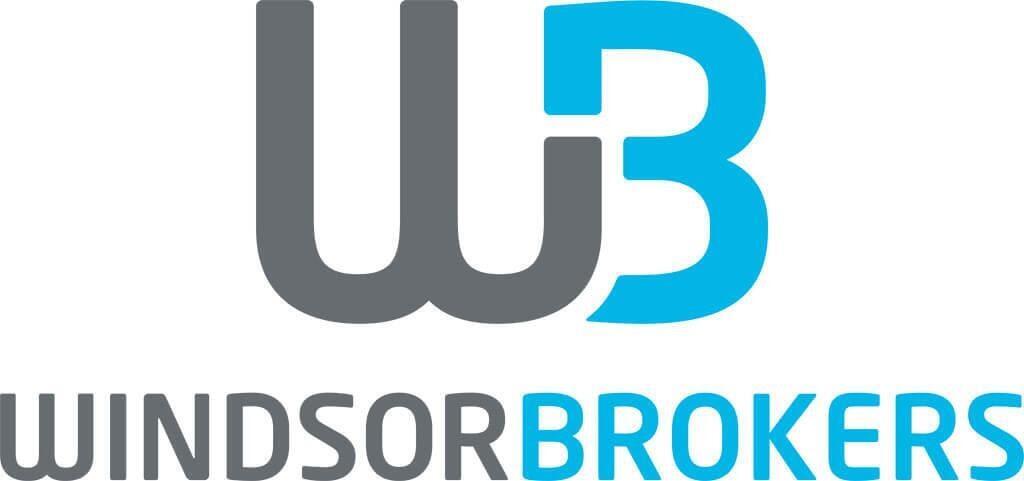
The Return on Capital Employed (ROCE) metric measures the efficiency of a company at deploying capital to generate profits. As you can see, Sam & Co. is a much larger business than ACE Corp., with higher revenue, EBIT, and total assets. However, when using the ROCE metric, you can see that ACE Corp. is more efficiently generating profit from its capital than Sam & Co. ACE ROCE is 44 cents per capital dollar or 43.51% vs. 15 cents per capital dollar for Sam & Co., or 15.47%. ROCE is a metric for analyzing profitability and for comparing profitability levels across companies in terms of capital. ROCE of many companies within the sector can be compared to understand which one is better.
- Total assets less adjusted current liabilities deduct only the non-financing current liabilities from the assets.
- For example, companies can renegotiate leases, sell underutilized or non-performing assets, renegotiating leases and contracts, and exploring shared asset models.
- In general, investors tend to favor companies with stable and rising ROCE numbers over companies where ROCE is volatile year over year.
- Even though it includes taxes, corporate tax rates are more or less similar countrywide, with some exceptions.
- In other words, every dollar invested in employed capital, Scott earns $1.33.
S&P Global has shown a return on capital employed of 38% for the years 2021 and 2020. Businesses with competitive advantages generate very high returns much above their cost of capital for extended periods. The EBIT is more preferred to earnings as it is unaffected by line items such as tax and other adjustments to the net income.
What is a good return on equity?
ROIC (Return on invested capital) is another ratio that helps evaluate an enterprise’s economic efficiency in allocating its capital to favorable investments. The index sheds light on how successfully an entity uses its funds to generate profits by calculated return per each dollar invested. This means it does not include the debt vs. equity source of capital because it used earnings before interest and taxes, which is the earnings from operations. Comparing ROCE to basic profit margin calculations can show the value of looking at ROCE.
ROCE (return on capital employed) is a ratio that indicates the profitability of the investment in which the whole employed capital of a company is engaged. Thanks to this fact, it is more useful when we want to analyze a company with long-term debt. If you want to calculate ROCE, use the return on capital employed calculator. Return on capital employed (ROCE) is one of the most important profitability ratios.
What is Return on Capital Employed?
A good ROCE ratio for a company should always be higher than its average financing interest rate. The return on capital employed ratio shows how much profit each dollar of employed capital generates. Obviously, a higher ratio would be more favorable because it means that more dollars of profits are generated by each dollar of capital employed. What should a wise investor consider when choosing which company to invest in?
Therefore, ROCE allows for meaningful comparisons between companies operating in different industries and highlights a company’s ability to generate profits from the capital it employs. Let us take the example of another company that reported net income of $40,000 in its income statement. Further, it recorded interest expense and tax payment of $10,000 and $9,000 respectively. On the other hand, the shareholder’s equity and long term liabilities stood at $500,000 and $1,000,000 respectively as on balance sheet date. This approach does not distinguish between different financing methods and relates profits before all financing costs to the assets/capital employed. This approach helps measure a company’s operational ability to generate returns from the funds available at its disposal, irrespective of the method of financing.
What Is a Good Percentage for Return on Capital Employed?
Usually, one analyzes income statements, as well as critical financial ratios, such as Return on Capital Employed (ROCE), Return on Invested Capital (ROIC), Return on Equity (ROE), and Return on Assets (ROA). These four essential ratios are extremely helpful when it comes to a well-defined evaluation of a company’s worth. Every successful investment decision ever made was based on the deep analysis of these indicators. ROCE is used to prove the value the business gains from its assets and liabilities. Simply, it’s the total capital put to work by the company; it can be calculated by subtracting current liabilities from the company’s total assets.
Returns On Capital At Cosan (BVMF:CSAN3) Paint A Concerning Picture – Simply Wall St
Returns On Capital At Cosan (BVMF:CSAN Paint A Concerning Picture.
Posted: Wed, 06 Sep 2023 16:07:04 GMT [source]
Because you’re interested in ROE, you might also want to check out other business calculators, such as the ROA calculator, which measures the profitability of a company in generating profit from its assets. Just like the return on assets ratio, a company’s https://online-accounting.net/ amount of assets can either hinder or help them achieve a high return. In other words, a company that has a small dollar amount of assets but a large amount of profits will have a higher return than a company with twice as many assets and the same profits.
How to calculate return on equity?
An acceptable return on capital employed is only good when it is above its weighted average cost of capital (WACC). The capital employed refers to capital provided to the company by banks and by investors. Hence, capital employed is calculated by adding the non-current liabilities to the equity.
As per the latest annual report, Apple reported net income of $59,531 Mn, interest expense of $3,240 Mn and provision for income taxes of $13,372 Mn. On the other hand, the total asset and total current liabilities stood at $365,725 Mn and $116,866 accounting errors and corrections Mn respectively as on balance sheet. The return or the profit figure is determined by the assets included in calculating capital employed. This should therefore be before charging interest on any type of financing included in capital employed.
Return on Capital Employed Calculator
If the managers are not good capital allocators, the company won’t be able to grow. The best value of ROE is roughly several dozen percent, but such a level is difficult to reach and then maintain. Economists say that it is about 10-15% – such value is supposed to be likely to keep. It isn’t uncommon for investors to use averages instead of year-end figures for this ratio, but it isn’t necessary.
However, no performance metric is perfect, and ROCE is most effectively used with other measures, such as return on equity (ROE). ROCE is not the best evaluation for companies with large, unused cash reserves. Especially in trying times, ROCE is a great way to screen through industries which are historically heavy-debt users, like industrials and utilities. You can quickly see which companies are the best allocators before the effects of interest on earnings and longer-term debt on the balance sheet.
Financial ratios, such as gearing and interest cover, examine the relationship between different financing methods as a separate exercise. The choice of assets is a matter of individual preference and dependent on the analysis. Total assets (current + non-current assets) help measure the return as a percentage of the total assets available at management’s disposal. Total assets less current liabilities is another method of calculating capital employed. Total assets less adjusted current liabilities deduct only the non-financing current liabilities from the assets. Examples of non-financing current liabilities are accounts payable, deferred revenues, accrued expenses, etc.
These investors believe the return on capital is a better gauge for the performance or profitability of a company over a more extended period of time. Return on average capital employed (ROACE) is a useful ratio when analyzing businesses in capital-intensive industries, such as oil. Businesses that can squeeze higher profits from a smaller amount of capital assets will have a higher ROACE than businesses that are not as efficient in converting capital into profit. The formula for the ratio uses EBIT in the numerator and divides that by average total assets less average current liabilities. The term return on capital employed (ROCE) refers to a financial ratio that can be used to assess a company’s profitability and capital efficiency.

